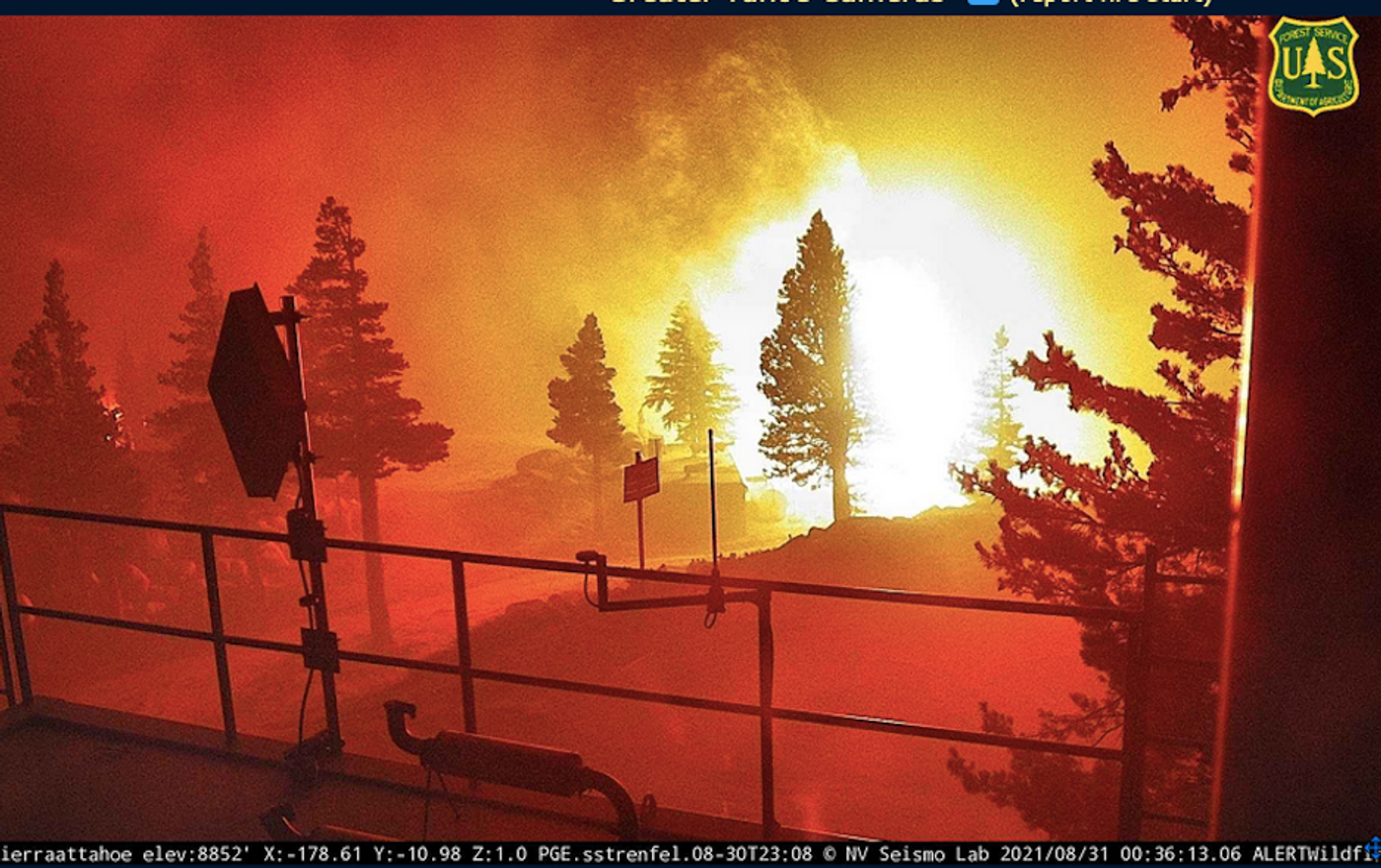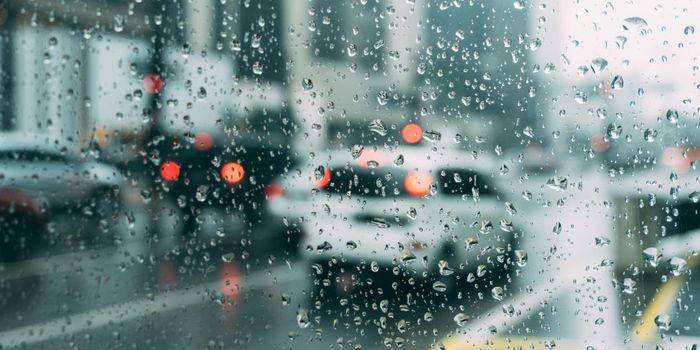Wildfires are Getting Worse in a New Abnormal, Burning More Houses
Several new research studies have highlighted the increasing risk of wildfires, and the many problems they are causing that are affecting the environment, our health, and property. Wildfires in the United States and Canada are burning areas that are about three times larger than the averages from the 1980s. Canada set a record this year; an area about the size of Portugal went up in flames, much of that in boreal forests. A recent report found that lightning was the main cause of fires in boreal forests. Scientists expect that these fires will continue to get worse.
"Is this a new normal? No, it's a new abnormal," University of Pennsylvania climate scientist Michael Mann told The Associated Press. "It continues to get worse. If we continue to warm the planet, we don't settle into some new state. It's an ever-moving baseline of worse and worse."
Woodwell Climate Research Center senior scientist Jennifer Francis suggested that 'wildfire' is no longer an accurate term to describe what's happening, because these fires are unnatural and humans have made them more likely and more intense.
Unless greenhouse gas levels are reduced, the wildfire problem will also get worse. A recent study showed that human-induced climate change has provided more fuel for fires, and since 1984, the area of forests burned in fires has at least doubled. The lightning that is causing boreal forest fires is also increasing in frequency; for every degree of global warming, lightning increased from 11 to 31 percent over intact extratropical forests. Boreal forests also tend to sit on top of permafrost, and when they burn, tons of carbon is released, exacerbating global warming.
The US National Interagency Fire Center began keeping statistics on US wildfires in the early 1980s. Between 1983 and 1987, around 3,300 square miles (8,546 square kilometers) burned every year. But now, that annual average is about 12,000 square miles (31,000 square kilometers), an area the size of Maryland.
In the United States, these fires are also burning more homes, according to new research reported in Science. Homes are increasingly being built in the urban-wildland interface (WUI), raising the risk that they could burn. From 1990 to 2020, the number of homes built in WUI areas increased by 31 percent, and the development was dense; homes in WUI regions increased by 46 percent, which represents about 44 million houses. The number of dwellings burned in wildfires has also doubled in the past three decades, with 55,000 homes burning in only the past 12 years.
Even smaller wildfires in more remote areas can have far-reaching impacts, according to a study by scientists at the Leibniz Institute for Tropospheric Research (TROPOS). This work focused on Australian wildfires, which were shown to cause changes in atmospheric circulation around the globe.
This study also found evidence of how stratospheric changes can affect weather systems. In modeling, when upper tropospheric layers warmed, relative humidity dropped, and there were fewer cirrus clouds. The work also suggested that Australian wildfires may have led to a 0.2 percent decrease in global precipitation.
"The exact impacts of extreme fires on our weather and climate are difficult to estimate due to the existing uncertainties. Our study is also affected by these uncertainties. Nevertheless, we were able to find that the Australian fires, which were a tiny source in relation to the entire Earth, have a global impact. Our findings also show that not only the cirrus cloud cover is reduced, but that the entire water cycle could have been weakened by the Australian fires, although the quantitative estimation of these effects is extremely uncertain," noted Dr. Fabian Senf of TROPOS.
Wildfires are also a major health hazard, releasing particles known as PM2.5, which are perfectly sized to embed into human lungs and seep into blood. The Health Effects Institute has estimated that PM2.5 has caused around 4 million deaths worldwide and nearly 48,000 deaths in the US alone in 2019.
"There is emerging evidence that the toxicity of wildfire smoke PM2.5 is more toxic than what comes out of tailpipes," said Kris Ebi, a University of Washington climate and health scientist.
Sources: Phys.org via AP, Atmospheric Chemistry & Physics, Nature Geosciences









